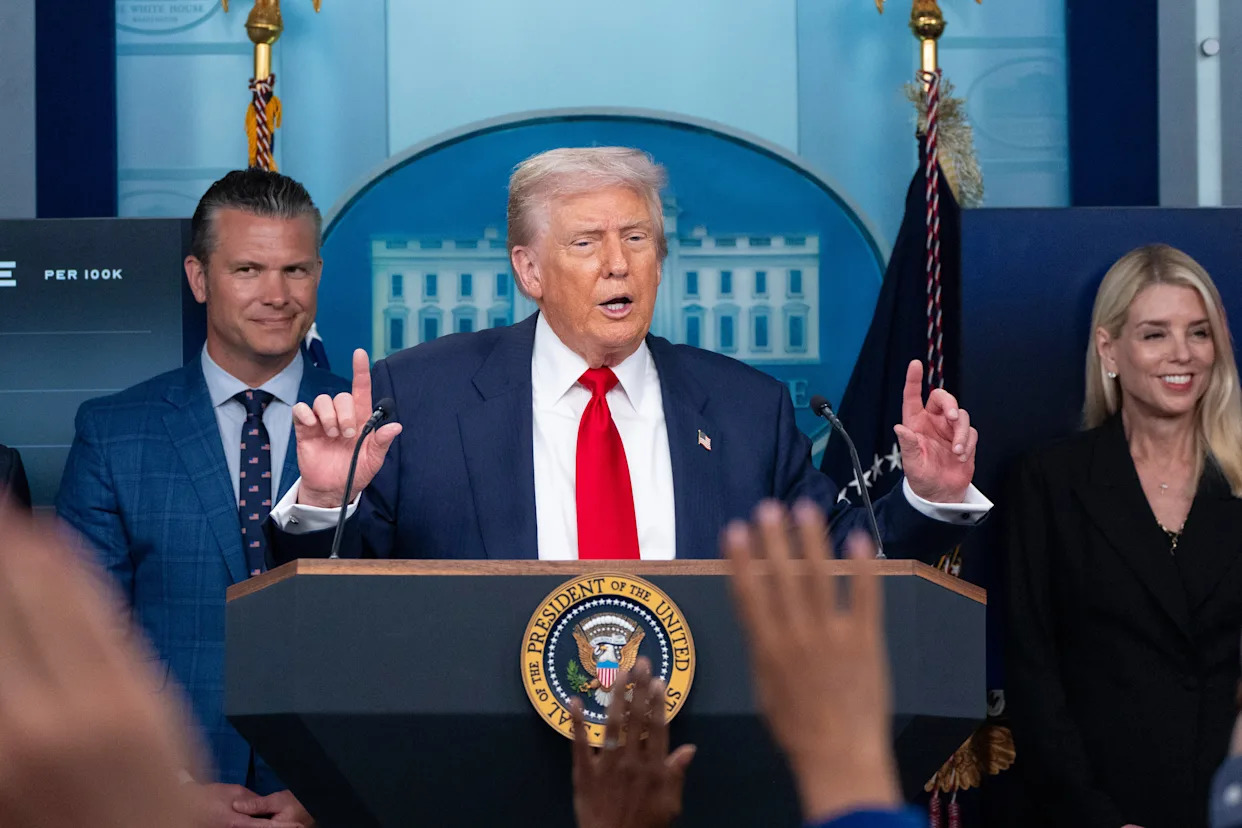
WASHINGTON (AP) — President Donald Trump is bringing in 800 National Guard members to help law enforcement fight crime in Washington, but just 100 to 200 of the troops will be on the city's streets at any given time, the Army said.
Trump's directive on Monday for Defense Secretary Pete Hegseth to activate the National Guard is just the latest example of him sending the Guard into cities to support immigration enforcement or fight crime over the objection of local and state officials.
How the National Guard deployment in DC will work
According to the Army, Guard troops will be deployed under Title 32, or “federal-state status” authority. That means the troops can conduct law enforcement activities on the streets of the nation's capital — though, at the moment, that doesn’t appear to be the plan.
“Their duties will include an array of tasks from administrative, logistics and physical presence in support of law enforcement,” according to a statement from the Army, to which the District of Columbia National Guard directed all questions.
About 500 federal law enforcement officers are being assigned to patrols in Washington, including from the FBI; Bureau of Alcohol, Tobacco, Firearms and Explosives; Drug Enforcement Administration; Immigration and Customs Enforcement; and the Marshals Service.
Hegseth told reporters that Guard members will be “flowing into the streets of Washington in the coming week.” He also said the Pentagon was “prepared to bring in other National Guard units — other specialized units,” though he didn’t offer any further details.
The timeline for the troop deployment also is vaguely defined. According to Trump's directive, National Guard troops will remain deployed until the president determines “that conditions of law and order have been restored.”
Besides the 800 Guard members, Trump said “we will bring in the military if it’s needed” — seemingly referring to active duty troops in addition to the Guard — but added that “I don’t think we’ll need it.”
Trump recently sent Guard troops and Marines to Los Angeles
The deployment of troops to Washington comes after the Pentagon has pulled out the vast majority of the roughly 4,000 National Guard troops and 700 active duty Marines that Trump sent to Los Angeles in late June.
Trump argued that the deployment was necessary after his administration’s immigration crackdown led to protests throughout the city. Troops were largely tasked with protecting federal buildings and guarding immigration agents as they conducted raids.
Hegseth compared plans to send troops into the nation’s capital to their deployment to the U.S.-Mexico border and to Los Angeles.
“We will work alongside all D.C. police and federal law enforcement,” Hegseth said.
However, California’s governor and city officials argued that the LA deployment was unnecessary and went to court to try to fight it.
Los Angeles Mayor Karen Bass told reporters that the National Guard’s primary mission had been to guard two buildings that “frankly didn’t need to be guarded.”
In addition, D.C. Mayor Muriel Bowser, also a Democrat, has questioned the effectiveness of using the Guard to enforce city laws.
“I just think that’s not the most efficient use of our Guard,” she said Sunday on MSNBC’s “The Weekend.”
Trump deployed the Guard to Washington in his first term
This is also not the first time Trump unilaterally has chosen to use federal forces in the U.S. capital.
In 2020, during the protests over the police killing of George Floyd, Trump deployed the National Guard and federal law enforcement to the city, at one point using them to forcibly clear peaceful protesters from a square near the White House so he could stage a photo op.
It became a controversial moment in his first administration in part because Gen. Mark Milley, who was then chairman of the Joint Chiefs of Staff, appeared alongside Trump. Some saw Milley’s presence as the military’s endorsement of using troops against U.S. citizens. Milley later apologized.

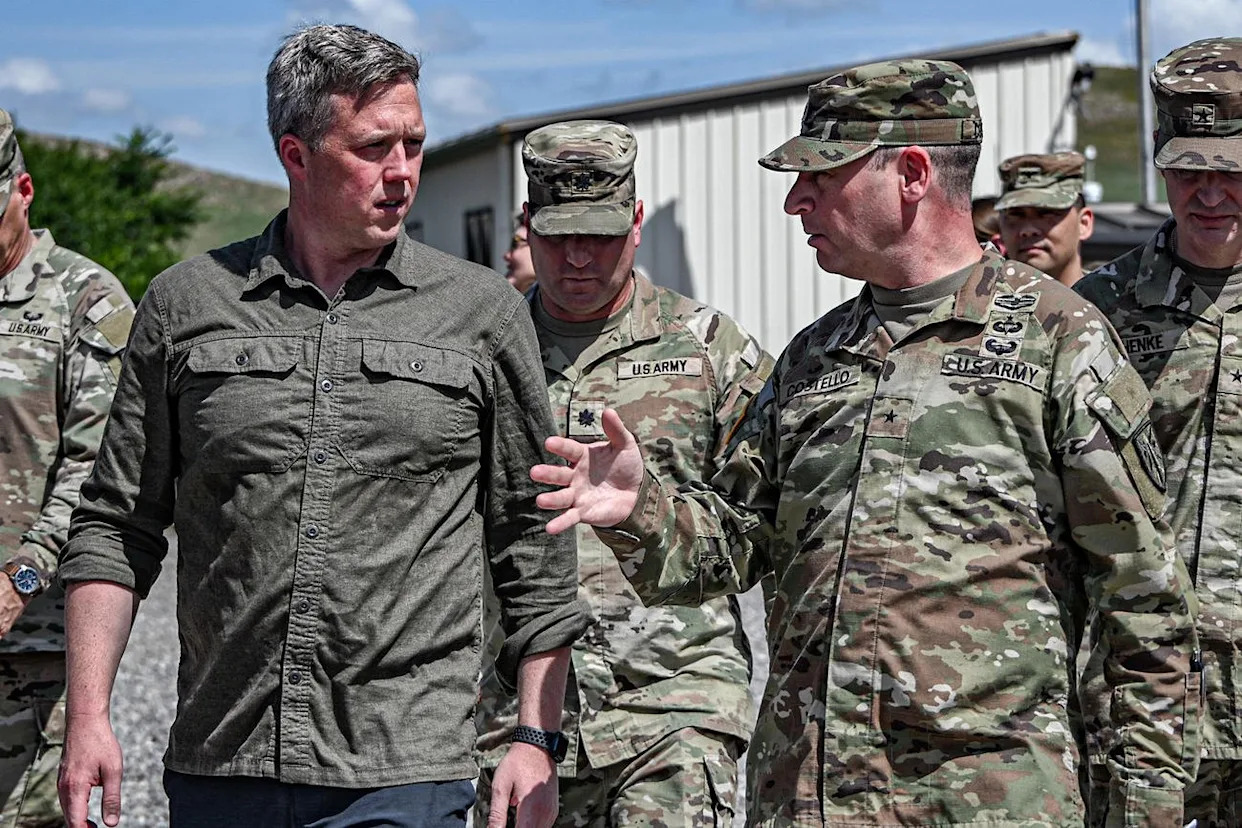
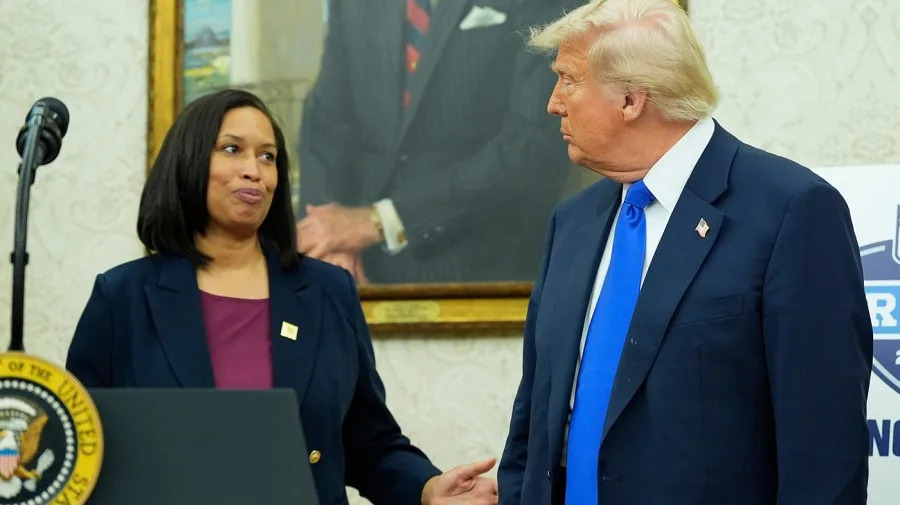
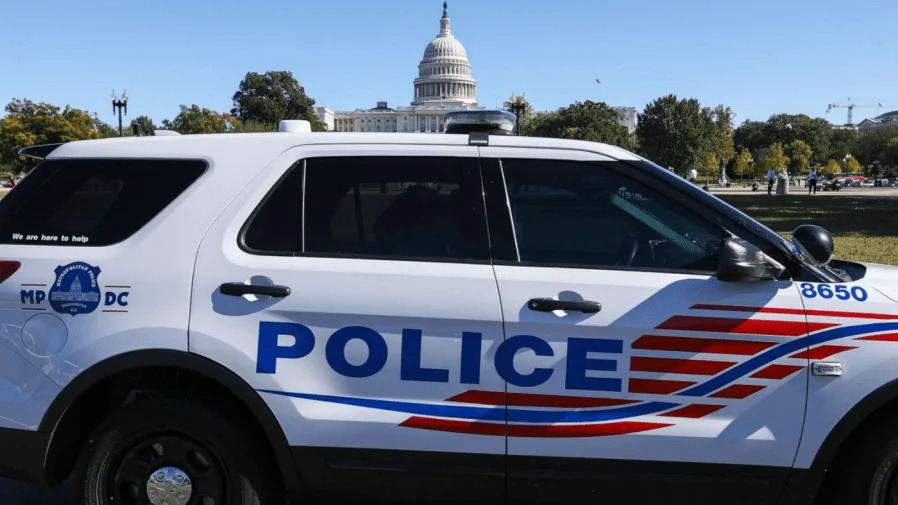
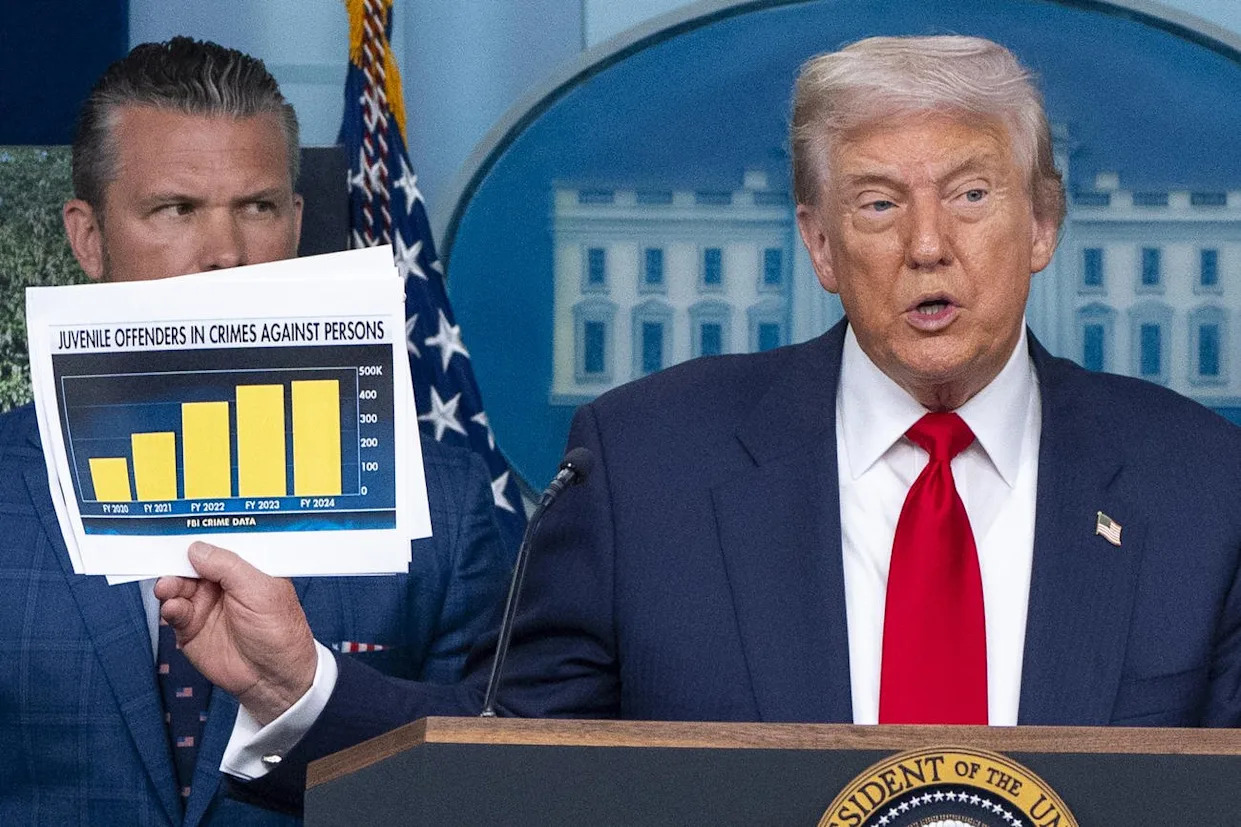
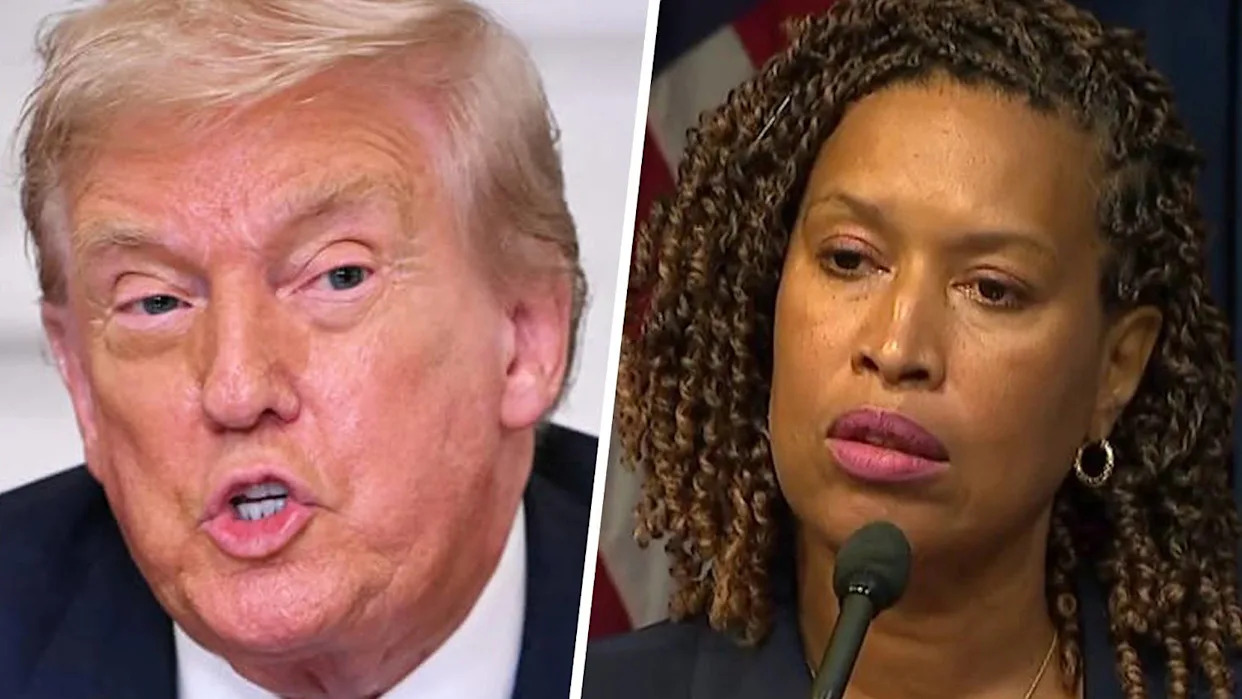
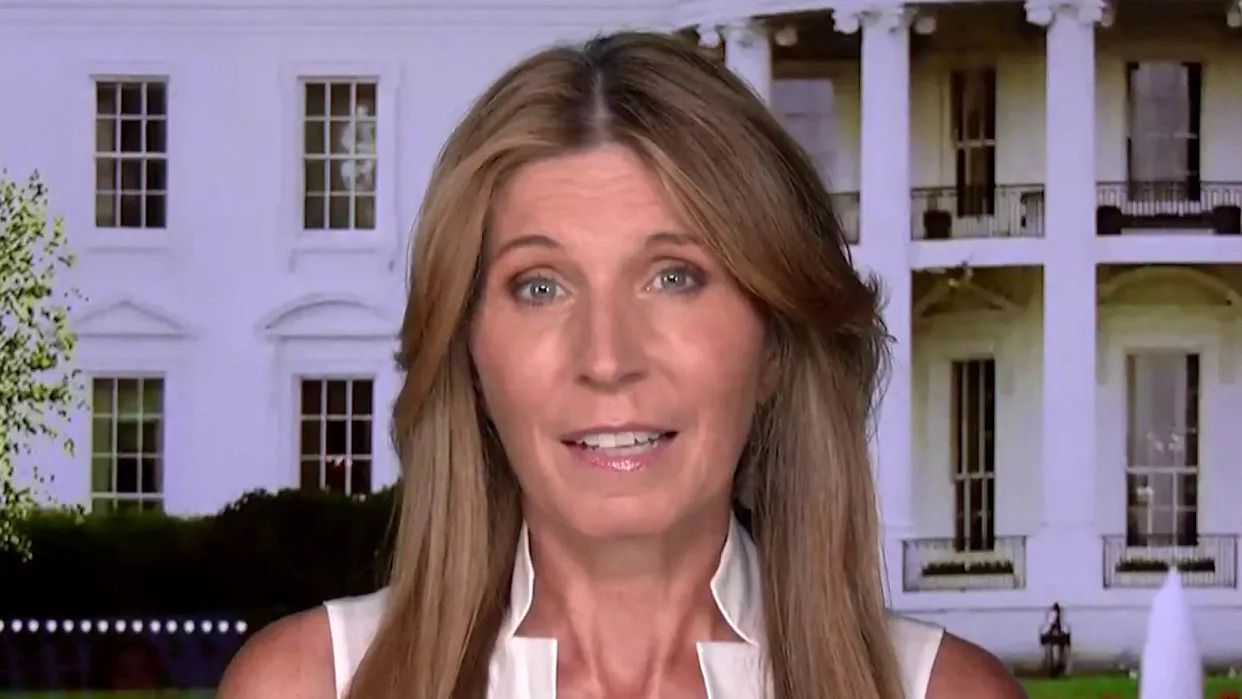
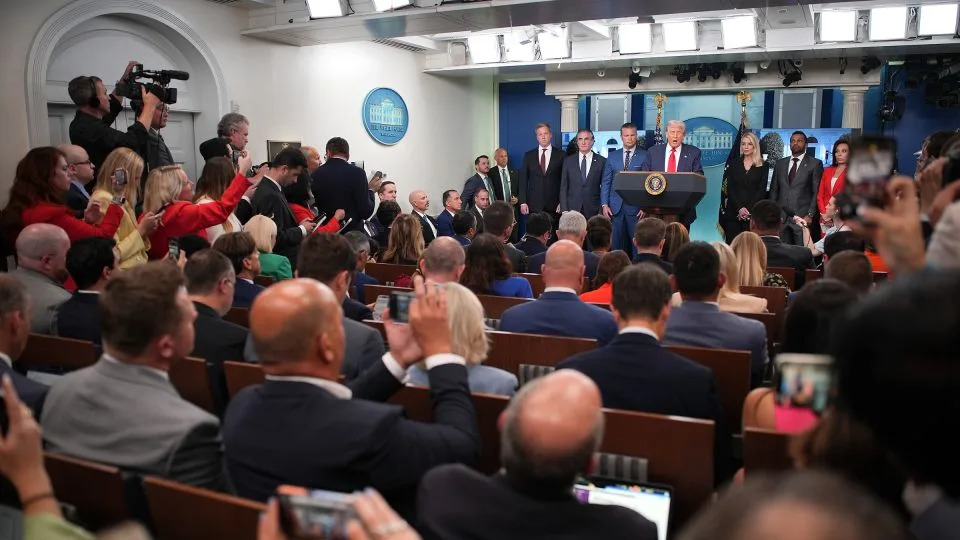
Comments